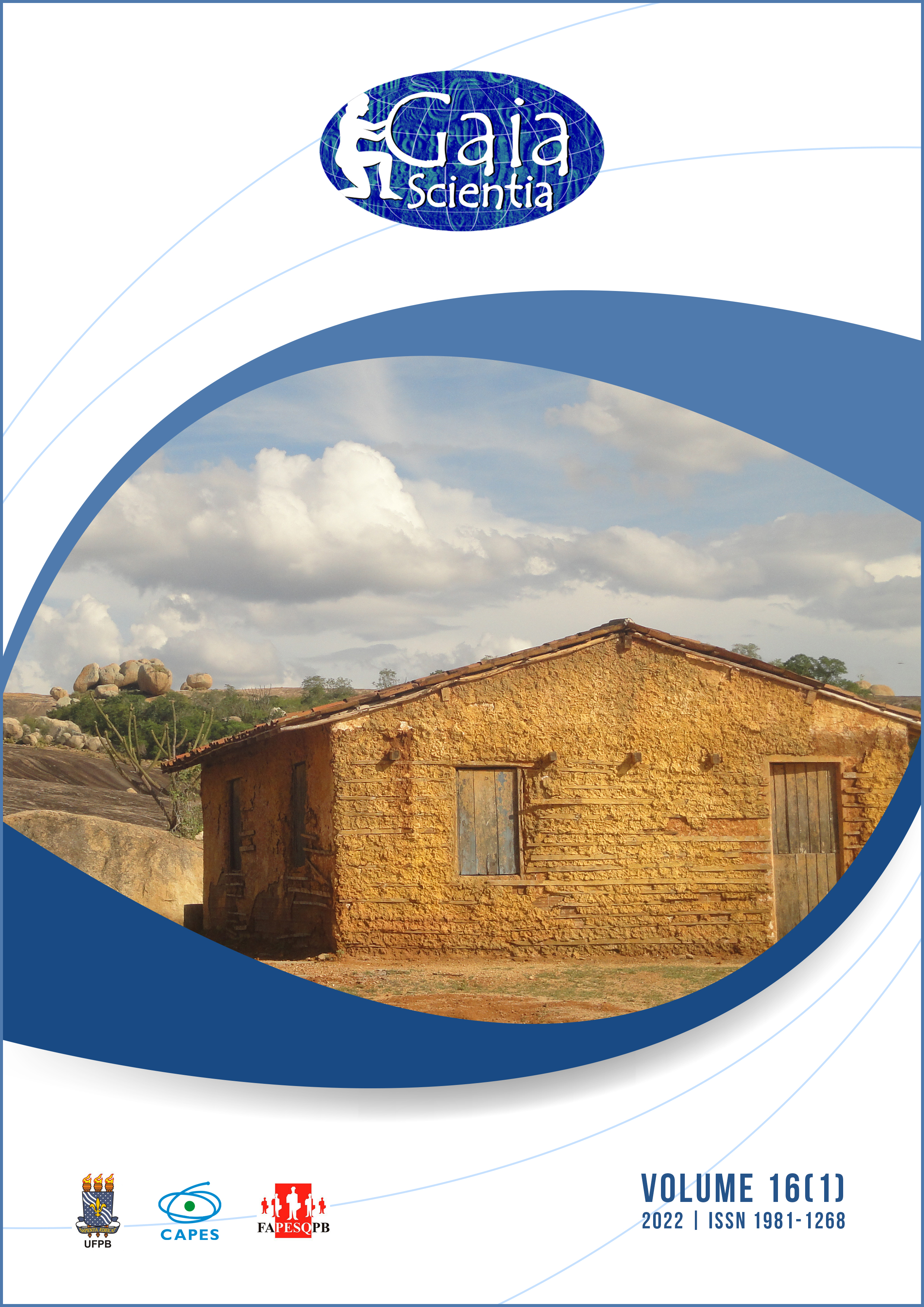Environmental knowledge and perception about the herpetology of students from the semi-arid region of Paraíba
DOI:
https://doi.org/10.22478/ufpb.1981-1268.2022v16n1.61478Abstract
The aim of this research was to analyze the environmental perception of amphibians and reptiles by elementary school students from a public school in the city of Patos, Paraíba, and learn about the main myths and cultural beliefs of students about their region’s herpetofauna. Questionnaires were applied to students from elementary school (EF - 8th and 9th grades) and high school (EM - 3rd year). In general, most students could not identify the animals classified as amphibians and reptiles, with less knowledge for students in the earlier years (5.9%). Some beliefs and myths related to these animals are still frequent, such as “Frog urine causes ringworms, which can even cause blindness” (85.7%) and “Frogs are female toads” (53.3%). Students reported neutral or negative attitudes (such as disgust and fear) mainly towards snakes and frogs. Positive attitudes were expressed by less than 13% of students for snakes, frogs, and terrapins. These attitudes suggest that there are gaps about the teaching of herpetofauna in the school environment, where the transdisciplinary teaching provided by Environmental Education can foster more positive perceptions about these animals among students.










